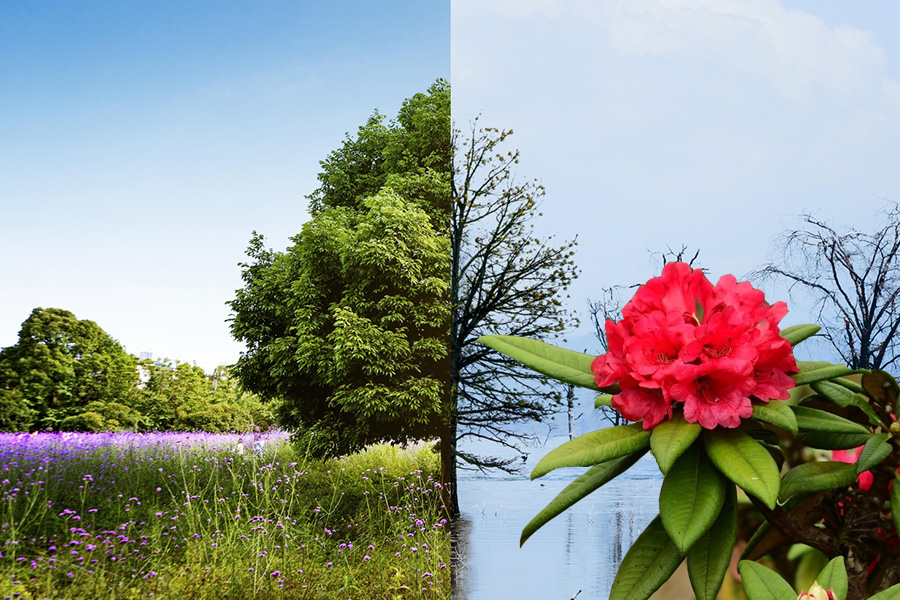
Understanding the cumulative effect of biotic and abiotic parameters, like age, elevation, slope aspect, and sunlight is crucial for understanding the flowering phenology of Rhododendron arboreum Sm.
Authors
Nonita Rana, Wildlife Institute of India, Chandrabani, Dehradun, India.
Kumar Manish, Associate Professor, Jindal School of Environment & Sustainability, O.P. Jindal Global University, Sonipat, Haryana, India
Maharaj Krishan Pandit, Professor, Jindal School of Environment & Sustainability, O.P. Jindal Global University, Sonipat, Haryana, India; Residential College 4, 6 College Avenue East, National University of Singapore, Singapore
Summary
Climate change poses a potent and immediate threat to global biodiversity. Increasing global temperatures have severe effects on the ecological dynamics of organisms. While temperature is a key factor in influencing the phenology of organisms, other environmental factors also play crucial roles.
Rhododendron arboreum Sm. (R. arboreum) is an important keystone species of the Himalayan ecosystems with several ecological and economic benefits. Here, we focus on the impact of various factors that influence the flowering phenology of R. arboreum in the North-Western Indian Himalayan region (Chakrata Forest Division, Uttarakhand). Compared with previous herbarium records, we observed a shift in the onset of blooming in R. arboreum.
The results showed a significant association with age, elevation, slope aspect, and sunlight on the flowering phenology of the species. We infer that understanding the cumulative effect of biotic and abiotic parameters is crucial for understanding the species’ phenology.
In light of the ongoing warming, this study has potential application by park managers in designing conservation strategies in the Himalaya, one of the least studied and most threatened biodiversity hotspots of the world.
Published in: Journal of Asia-Pacific Biodiversity
To read the full article, please click here.

